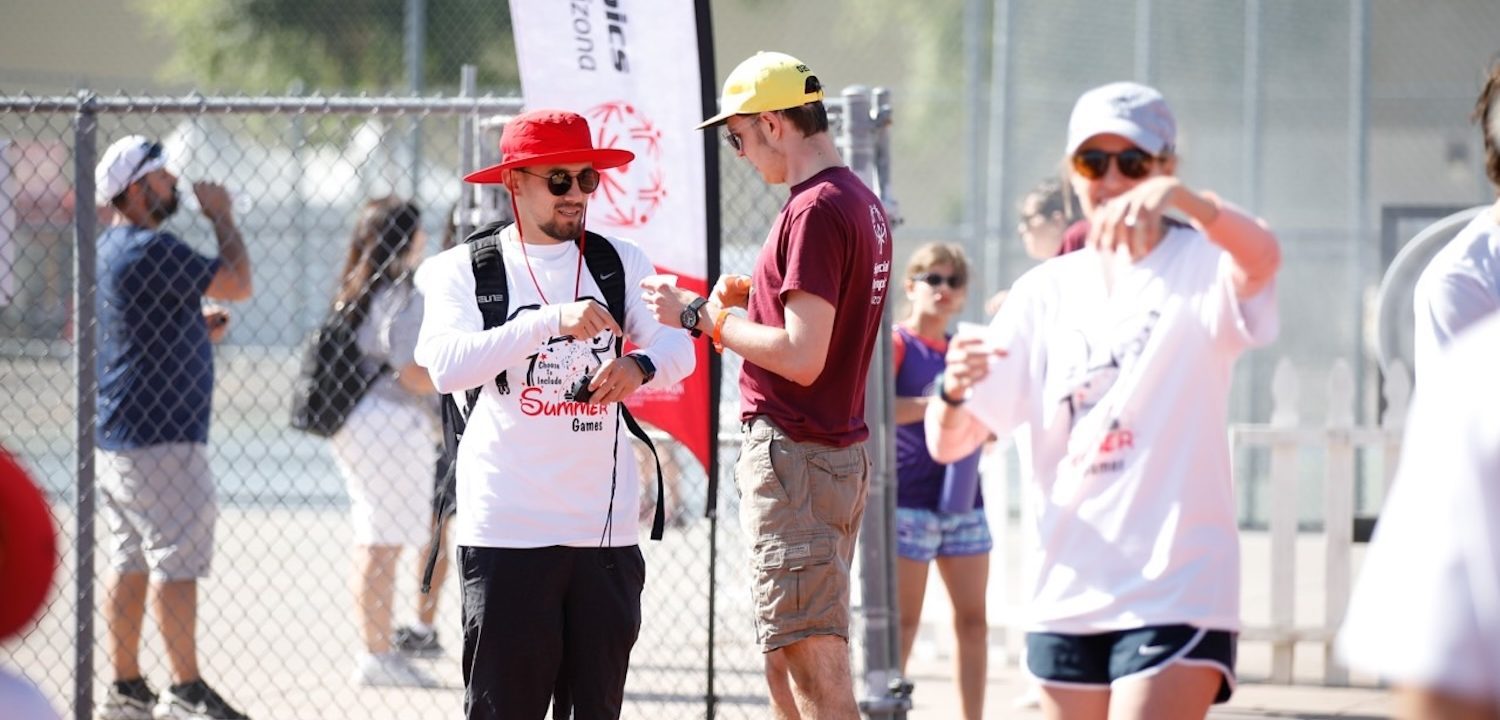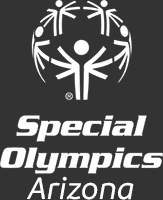
Treatments for Cerebral Palsy
Treatments for Cerebral Palsy
Cerebral palsy (CP) is a group of neurological disorders that affect movement, muscle tone, and posture. While there is currently no cure for CP, various treatments and therapies can help manage symptoms and improve the quality of life for individuals with the condition. The Special Olympics Arizona team is breaking down these treatment options so you can better understand the path forward after a cerebral palsy diagnosis.
How Is Cerebral Palsy Treated?
For individuals dealing with cerebral palsy, there are a wide range of treatment options available. Beginning intervention and treatment as soon as possible after a cerebral palsy diagnosis has the potential to greatly improve the quality of life of individuals with CP, increase understanding of the diagnosis, and make managing symptoms easier. Common treatments for individuals with CP include medications, surgery, braces, and physical, occupational, and speech therapy. No single treatment is a one-size-fits-all solution, which is why working with a team of doctors and specialists to determine what your child needs will be the best option. Early intervention and school-aged intervention are available nationwide by law and can help provide more information on treatment and options for your baby and child as they age.
Medications
Medications are often prescribed to manage symptoms associated with cerebral palsy, including seizures, spasticity, or other issues commonly associated with CP. The type of medication prescribed depends greatly on the type of CP an individual is diagnosed with, as well as the symptom they are treating. Individuals with CP often work closely with a team of doctors who understand their specific situation and will provide guidance and medication prescriptions as needed.
Muscle or Nerve Injections
In some cases, healthcare providers may recommend muscle or nerve injections to help alleviate muscle stiffness and spasticity. These injections, which may include botulinum toxin (Botox) or phenol, target specific muscles or nerves to reduce tightness and improve range of motion.
Oral Muscle Relaxants
Oral muscle relaxants, such as baclofen or diazepam, may be prescribed to help relax tight muscles and reduce spasticity. These medications can help improve mobility and reduce the discomfort associated with muscle stiffness.
Medicines to Reduce Drooling
Individuals with cerebral palsy may experience excessive drooling due to difficulties with swallowing and controlling oral secretions. Medications such as glycopyrrolate or scopolamine patches may be prescribed to help reduce drooling and improve comfort.
Therapies
Therapies play a crucial role in managing cerebral palsy and can help improve motor function, communication skills, and overall quality of life. There are a number of different therapies an individual with CP may undergo to deal with various symptoms associated with cerebral palsy. Working with a doctor to understand which therapy might have an impact on what cerebral palsy symptoms will help you better understand what treatment options will work best for your situation.
Physical Therapy
Physical therapy focuses on improving strength, flexibility, balance, and mobility. Physical therapists work with individuals with cerebral palsy to develop personalized exercise programs and techniques to enhance motor skills and independence in daily activities.
Occupational Therapy
Occupational therapy aims to improve skills related to activities of daily living, such as feeding, dressing, and grooming. Occupational therapists provide interventions and adaptive strategies to help individuals with cerebral palsy maximize their independence and participation in daily routines.
Speech and Language Therapy
Speech and language therapy is essential for individuals with cerebral palsy who experience difficulties with speech, language, and communication. Speech therapists assess speech and language abilities and provide interventions to improve articulation, vocabulary, comprehension, and social communication skills.
Recreational Therapy
Recreational therapy utilizes recreational activities and leisure pursuits to promote physical, cognitive, social, and emotional well-being. Recreational therapists work with individuals with cerebral palsy to identify and engage in activities that are enjoyable and beneficial for overall health and quality of life.
Surgical Procedures
In some cases, surgical intervention may be recommended to address specific issues related to cerebral palsy, such as muscle contractures, skeletal deformities, or spasticity. These surgeries can assist in reducing muscle spasms or may involve implanting medication pumps to help deliver consistent medication doses. Surgeries may also help correct joint or spine problems or involve the implantation of electric brain stimulators to help modulate brain activity.
Orthopedic Surgery
Orthopedic surgery may be performed to correct musculoskeletal abnormalities, such as joint contractures, scoliosis, or hip dislocations. Surgical procedures aim to improve mobility, reduce pain, and prevent further complications associated with skeletal deformities.
Selective Dorsal Rhizotomy
A selective dorsal rhizotomy is a surgical procedure that involves cutting specific sensory nerve fibers in the spinal cord to reduce muscle spasticity. This procedure may be considered for individuals with severe spasticity who have not responded adequately to other treatments.
Alternative Therapy for Cerebral Palsy
In addition to conventional treatments, some individuals with cerebral palsy may explore alternative therapies to complement their overall care plan. Alternative therapies such as acupuncture, chiropractic care, massage therapy, and hydrotherapy may offer symptom relief and improve overall well-being. However, it’s essential to consult with healthcare providers before initiating any alternative therapies to ensure they are safe and appropriate for individual needs.
While cerebral palsy presents unique challenges, there are various treatment options available to help manage symptoms and improve quality of life. By combining medications, therapies, surgical interventions, and alternative therapies, individuals with cerebral palsy can optimize their physical function, communication skills, and overall well-being. Working closely with a multidisciplinary team of healthcare professionals, including physicians, therapists, and surgeons, is key to developing a comprehensive treatment plan that addresses the specific needs and goals of each individual with cerebral palsy.



